How to Make a Quality Questionnaire
Imagine the irony when a quality questionnaire does not have the “quality” and efficiency in gathering the right data. It would fail to serve its purpose. That is why, we’re proving you with a set of guidelines below, on how you can create an effective questionnaire: You can also see more on Quality Checklist in Google Docs Templates
1. Build the Questions Around Your Purpose
After an exhausting task of gathering the complete number of respondents, you would not want to have answers that do not point towards your purpose. Therefore, it is essential to have a clear goal mind to construct items that clear the questions behind your main idea. If you were to find out what product quality factors affect your customers ’ purchasing decisions, your client satisfaction questionnaire should include queries such as, “Which flavor do you prefer?” or “What product characteristics need improvement?” You can also see more on Quality Checklist in Pages Templates.
2. Be Basic and Consistent
Questionnaires that contain business jargon with mixed, uncategorized, and inconsistent questions often gather unreliable results. Respondents tend to answer without proper and thorough comprehension when they encounter questionnaires they can hardly understand. A good assessment questionnaire uses simple and direct language that the audience can easily grasp. You can use multiple choices, yes or no questions, ratio questions, scales, or an easy fill in the blanks, as this provides close-ended answers. However, stick to one or two questionnaire types only. You can also see more on Quality Checklist in Word Templates.
3. Categorize and Structure Logically
Divide your main idea into different categories that you wish to get answers from. Label your item list under its corresponding category. Doing so allows your respondents to react positively to your questionnaire as it is divided into different digestible chunks. It also helps you evaluate the results easier later on because you’ll be able to segregate the answers into different topics. Start from broader questions down to narrower topics to create a logical flow. For questions that need their personal opinion or a longer response, place them at the end. You can also see more on Quality Checklists in PDF Format.
4. Stray Away from Leading Questions
Leading questions are those that subtly insert a researcher’s opinion to wheel the audience towards their preferred response. For example, asking, “Do you think the parents should contribute monetary support to make the school a conducive place for learning?” might gather answers that are coerced rather than voluntary and unbiased. Giving a negative response may paint them a bad image. Instead, asking, “Are you willing to contribute monetary support for future school developments?” gives a whole different tone and will surely get authentic and varied answers.
5. Strive to be Concise
A lengthy questionnaire is an unsuccessful questionnaire, even when it’s categorized properly. Only a rare handful would have the patience to answer a minimum of a 10-minute long survey thoroughly. The majority of people would either write their answer in haste, compromising the validity of the result in the process or decline directly. Limit the content to a maximum of a 5-minute answering time, highlighting the importance of making your questions direct and simple. You can also see more on Professional Checklist Templates.
What are the advantages of a questionnaire?
Questionnaires are an efficient and cost-effective data-gathering tool because it is a simple and easy way to gather information using various channels. It can be distributed through printed copies for targeted groups or online via mails for a broader territory scope. It also allows convenient data interpretation because you can easily tabulate, graph, or compare the results. You can also see more on Daily Checklist Templates.
What are the characteristics of a good questionnaire?
A good questionnaire is characterized by the following:
- Short and comprehensive
- Uses direct and simple language
- Does not contain bias, assumptions, and hypothesis
- Meets objectives
- Ensures confidentiality
- Provides clear and simple instructions
- Follows a logical sequence
- Arranged on a neat layout
What are the different question types of a questionnaire?
Generally, there are two questions used in questionnaires: the open-ended questions and the close-ended questions. The open-ended questions are those that allow the audience to express their opinions freely. This provides perceptions that are real and unique to each individual. On the other hand, close ended-questions require the respondents to answer the questions amongst the provided options. This type is the preferred method in data-gathering as it’s easy to answer. It comes in different forms:
- Likert Questions
- Scales
- Matrix Questions
- Dichotomous
- Dropdown
- Bipolar
How do I differentiate a questionnaire from a survey?
A questionnaire, in the most basic sense, is a set of questions that aim to gather information. A survey is a data collection activity done with statistical purposes. Any sheet that contains questions is a questionnaire and only covers a narrow scope and limited audience. A survey requires a wider research activity and demands in-depth interpretation. In other words, a questionnaire is a tool, while a survey is a process. You can also see more on Checklist Layout Templates.
Dangling red tags accompanied by glaring “Sale!” posters may still turn heads, but in the era of educated consumers, quality rules. According to WWD, consumers now prefer quality over price markdowns in making purchase decisions. This highlights the importance of quality management rather than the occasional discount gimmicks that retail enterprises are so fond of. It does not only contribute to a successful marketing plan, but it also plays a significant role in cultivating trust and building a formidable name in the industry.

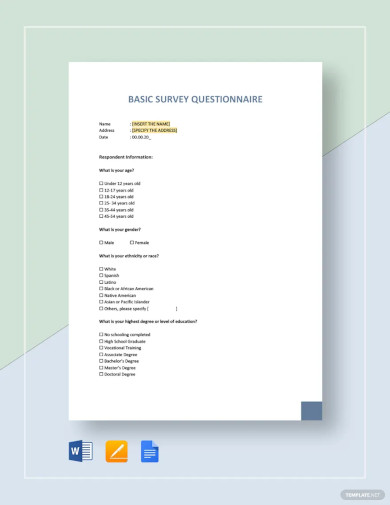
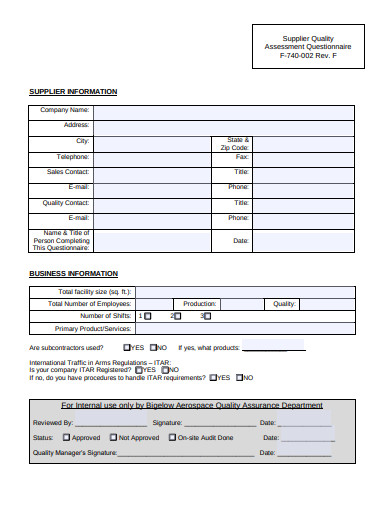 bigelowaerospace.com
bigelowaerospace.com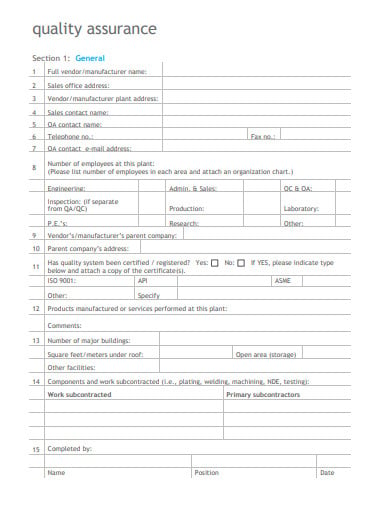 aramcoservices.com
aramcoservices.com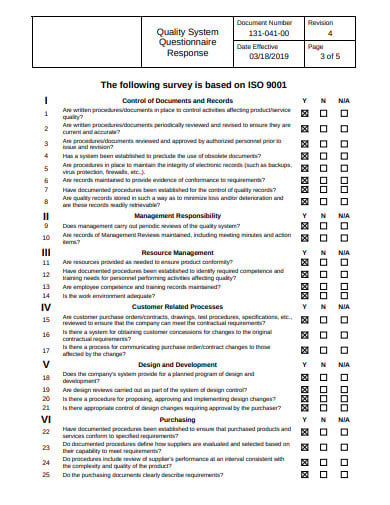 onboardsystems.com
onboardsystems.com unicef.org
unicef.org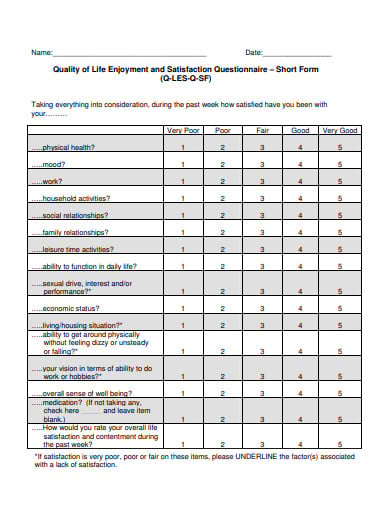 outcometracker.org
outcometracker.org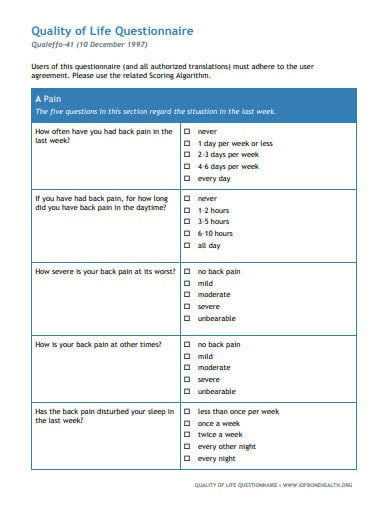 iofbonehealth.org
iofbonehealth.org chusj.org
chusj.org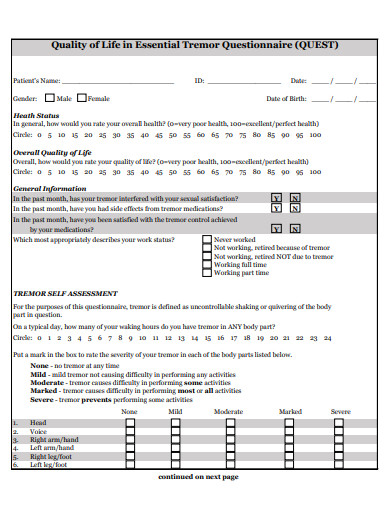 movementdisorders.org
movementdisorders.org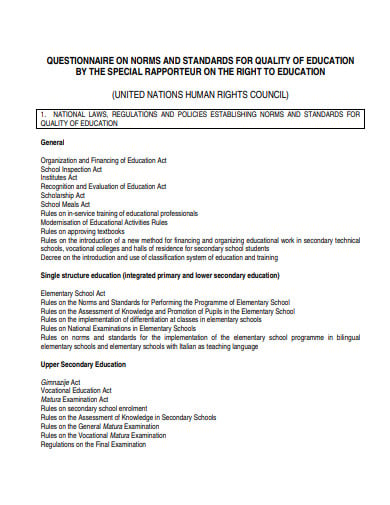 ohchr.org
ohchr.org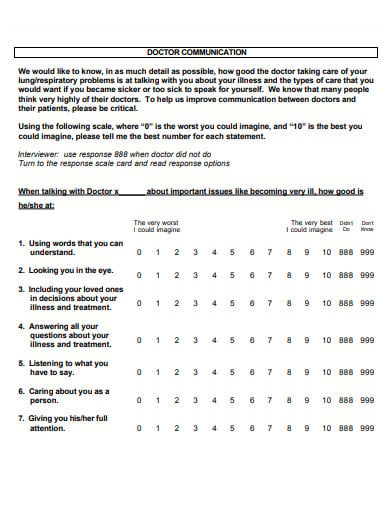 washington.edu
washington.edu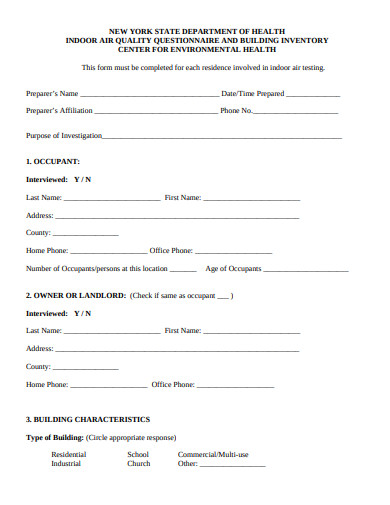 health.ny.gov
health.ny.gov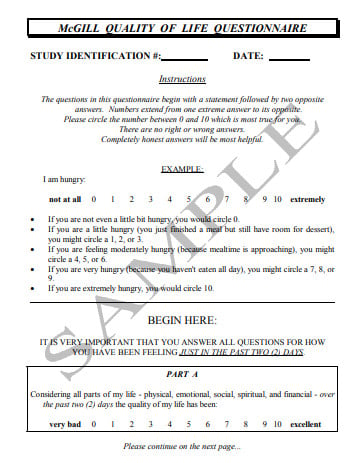 npcrc.org
npcrc.org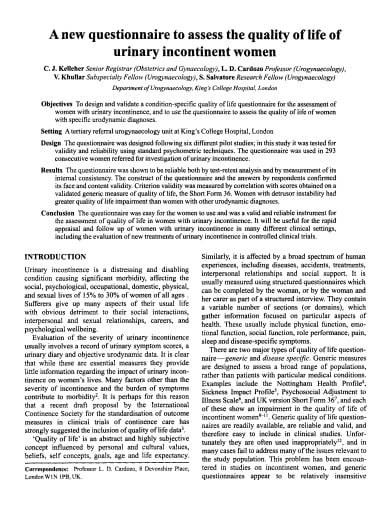 onlinelibrary.wiley.com
onlinelibrary.wiley.com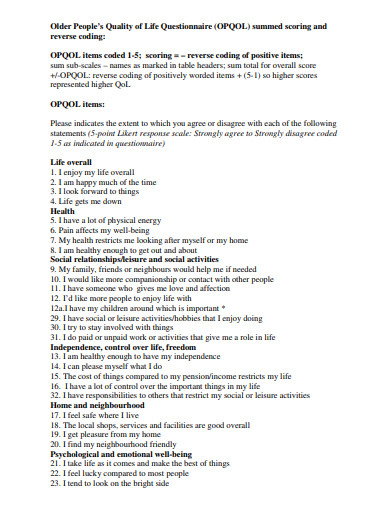 ukdataservice.ac.uk
ukdataservice.ac.uk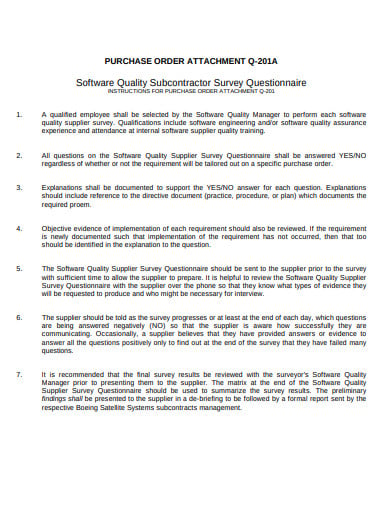 boeingsuppliers.com
boeingsuppliers.com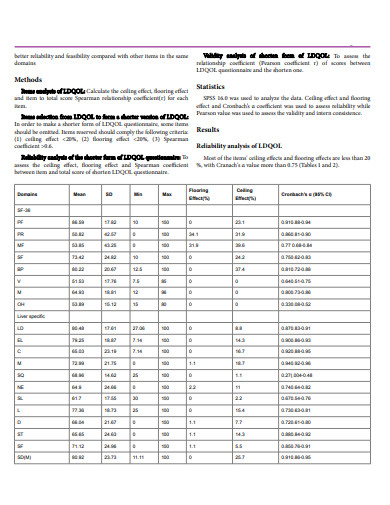 longdom.org
longdom.org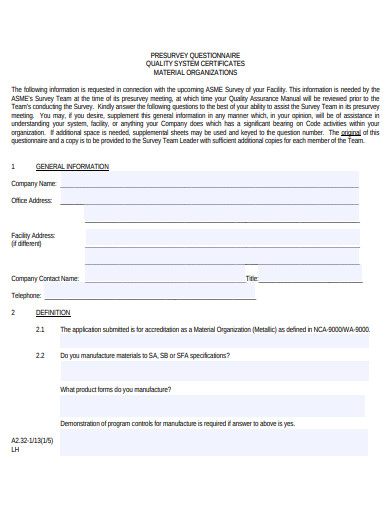 asme.org
asme.org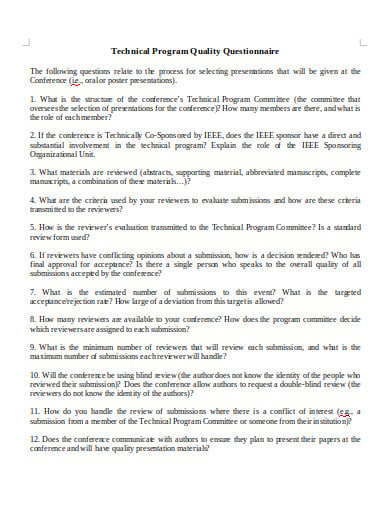 ewh.ieee.org
ewh.ieee.org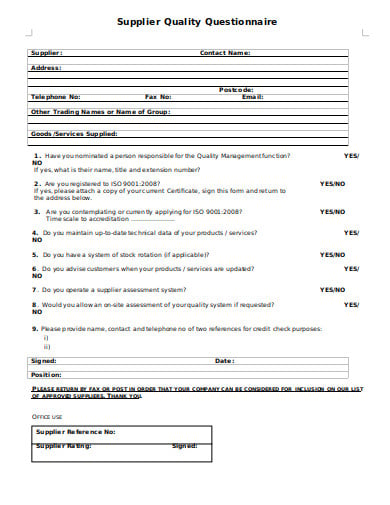 wrap.org.uk
wrap.org.uk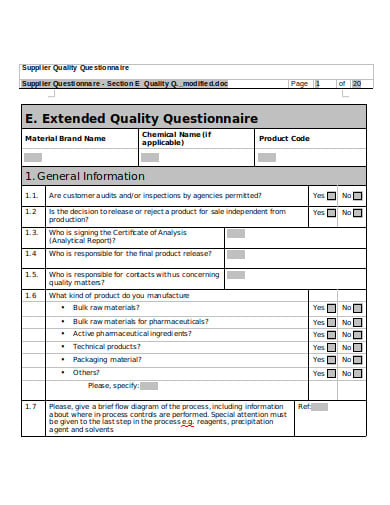 apic.cefic.org
apic.cefic.org ckbiobank.org
ckbiobank.org
